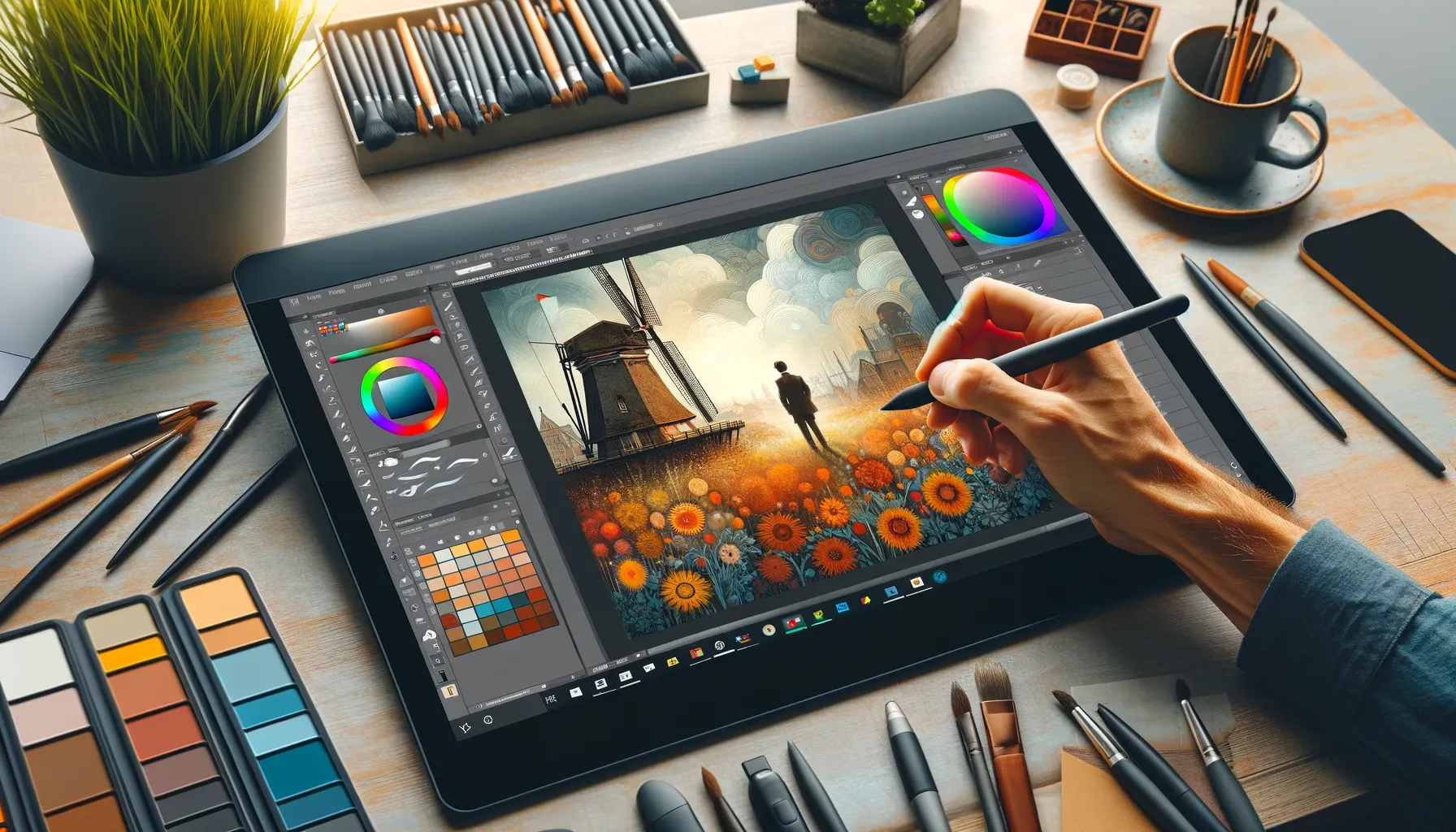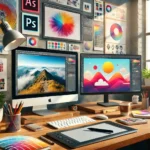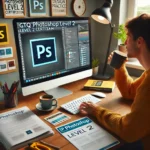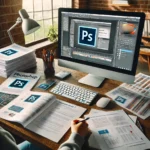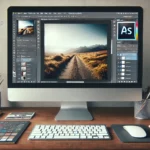Are you looking to pick the best Photoshop pictures or enhance your skills with Photoshop painting techniques? Discover expert tips on both topics and unlock your creative potential in digital art.
Picking the Right Photoshop Picture
When choosing a picture for your Photoshop project, several key factors determine whether the final result will be striking or lackluster. Picking the right image is essential for setting the tone of your design, composition, or painting project. Here’s a step-by-step approach to making an informed choice:
Key Factors to Consider:
-
Image Resolution Always opt for high-resolution images to ensure clarity and sharpness in your artwork.
-
Lighting and Contrast Look for images with interesting lighting and strong contrasts. These can help your editing stand out.
-
Subject Matter The theme or subject of the image should match the purpose of your project—whether it’s for a portrait, landscape, or abstract design.
-
Composition Pay attention to the composition of the picture. Balanced elements and an appealing focal point make it easier to create a dynamic final piece.
-
Color Palette A complementary color scheme in the image makes it easier to integrate with other elements in Photoshop.
-
File Format Consider the file type, as some formats may lose quality when edited. PNG, TIFF, and PSD are ideal for keeping quality intact.
-
Texture and Detail Images with textures or fine details work well when adding effects or brushes in Photoshop.
Picking the perfect image can significantly elevate the creative process. For instance, if you’re designing a book cover, the picture should align with the book’s mood and message. A well-lit portrait might be ideal for a personal project, while a scenic landscape can be perfect for background work.
👉 Learn more about choosing the right Photoshop pictures 👈
Tips for Success:
-
Use the “Content-Aware Fill” tool to seamlessly blend the image with its background.
-
Try adjusting the “Curves” and “Levels” to perfect the image’s tone and brightness.
-
Consider adding extra elements like textures, gradients, or shapes to enhance visual appeal.
Photoshop Painting Techniques: Getting Started
Photoshop offers an extensive array of tools for transforming photos into paintings, but it requires a certain technique to master the art. If you’re looking to create stunning digital paintings, here are the basics:
Essential Tools for Photoshop Painting:
-
Brush Tool The brush tool is fundamental for creating strokes, textures, and effects. Experiment with different brush presets like watercolor, oils, or custom brushes.
-
Layering Work in layers to maintain flexibility during your painting process. You can change colors, shapes, or remove elements without damaging the underlying work.
-
Blending Modes Understanding blending modes like Overlay, Soft Light, or Multiply is key to creating realistic effects.
-
Pressure Sensitivity If using a pen tablet, take advantage of pressure sensitivity to create dynamic strokes, adjusting opacity and flow with each press.
-
Smudge Tool Use this tool to blend and smooth out harsh lines for a more painterly effect.
Step-by-Step Approach to Creating a Digital Painting:
-
Base Sketch Start with a rough sketch of your subject. This gives structure to your work and helps define the final look.
-
Color Blocking Once you’re happy with the sketch, use solid colors to block in the major areas.
-
Adding Detail Use smaller brushes and different blending modes to add detail, texture, and depth.
-
Lighting and Shadows Apply lighting effects and shadows to make the painting feel more three-dimensional. This will add realism.
-
Finishing Touches Zoom out to see the entire piece and adjust any inconsistencies. Add final effects like glows, textures, or filters.
👉 Explore more Photoshop painting techniques 👈
Mastering Photoshop Painting: Advanced Tips
Once you’ve got the basics down, it’s time to dive deeper into advanced Photoshop painting techniques. These tips will help refine your artwork and take it to the next level:
Advanced Techniques to Enhance Your Photoshop Paintings:
-
Custom Brushes Create your own brushes for unique textures. This can give your painting a more personalized and intricate feel.
-
Layer Masks Use layer masks to refine details and protect parts of your image from being painted over.
-
Gradient Maps These are useful for enhancing the overall tone of the painting, creating interesting lighting effects, or adding a surreal touch.
-
Textures and Overlays Incorporate textures from external sources to give your painting a traditional media look, such as canvas, watercolor paper, or oil painting effects.
-
Time-Saving Shortcuts Learn Photoshop shortcuts to speed up your workflow. These can save you hours, especially when working with large projects.
Practical Example of an Advanced Painting Project:
Let’s say you’re painting a portrait. By incorporating custom brushes for skin texture and using a gradient map for mood lighting, you can achieve a more dynamic and expressive look. The key here is experimenting with new tools and combining them in unexpected ways.
Another advanced technique is using the Liquify Tool to adjust proportions and tweak facial features. This tool is often used for fine-tuning portraits and ensuring the lighting hits just right.
👉 Discover advanced Photoshop painting tips 👈
Conclusion
In this guide, we’ve covered the crucial elements of picking Photoshop pictures, mastering Photoshop painting techniques, and advancing your skills to create professional-level artwork. Whether you’re starting with a photo or painting from scratch, the tools and techniques mentioned here will help you unlock your creative potential.
Remember, Photoshop is a powerful tool, but it requires practice and patience. With time, you can create stunning visuals that stand out in any project. Keep experimenting with new ideas, refining your technique, and most importantly, have fun!

